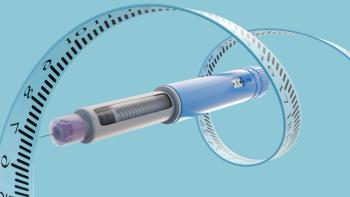
Botox Could Soon Treat Lower Limb Spasticity
The FDA has accepted Allergan's resubmission to approve the use of onabotulinumtoxinA (Botox) for lower limb spasticity in adults.
The FDA has accepted Allergan’s resubmission to approve the use of onabotulinumtoxinA (Botox) for lower limb spasticity in adults.
Now, the FDA is expected to act on Allergan’s resubmitted supplemental Biologics License Application (sBLA) to add ankle and toe muscles spasticity to Botox’s label in the first quarter of 2016.
This resubmission contains additional data from a double-blind, placebo-controlled study involving 468 adult patients with lower limb spasticity.
It is not known whether Botox is safe or effective to treat increased stiffness in lower or upper limb muscles other than those in the elbow, wrist, fingers, and thumb.
Some of the common side effects associated with Botox include dry mouth, discomfort, tiredness, and headache. Allergic reactions have been reported in some patients, which may cause itching and wheezing.
Newsletter
Stay informed on drug updates, treatment guidelines, and pharmacy practice trends—subscribe to Pharmacy Times for weekly clinical insights.

















































































































































































































